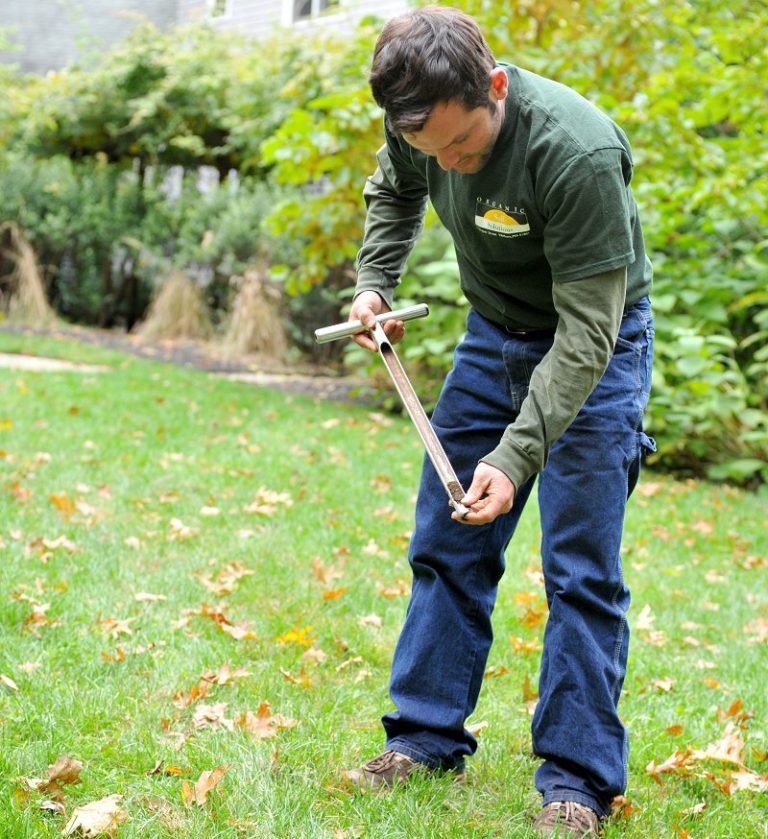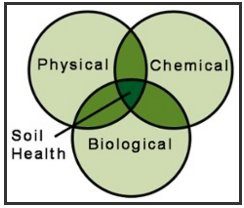Soil Test
Home / Soil Test

The heart of soil health is at the intersection of its physical, chemical and biological components. They influence each other in many different ways and a good soil has all three working together to form a healthy environment for plants. Soil bacteria and fungi form aggregates that improve the physical characteristics of reduced compaction and improved water retention. They also break down nutrients and make the chemical composition of the soil better. A soil that is not too acidic and has a decent amount of organic matter provides a nice a home for a diverse community of soil micro-organisms.
The most effective way to begin a lawn improvement program is with a soil analysis that measures the chemical and physical characteristics of the soil. Results of the test detail the pH levels and the amount of organic matter in the soil. It measures calcium, potassium, magnesium, and the cation action exchange capacity, which indicates the ability of the soil to hold nutrients. Other important soil attributes we check are thatch levels, soil compaction, and root depth. The soil test gives us an idea of the present state of the soil and allows us to measure progress as we improve soil characteristics. We improve the biological community by adding compost tea and fertilizers. All the fertilizer we use must be processed by the biology, hence the saying, “Feed the soil, and let the soil feed the plant”.

